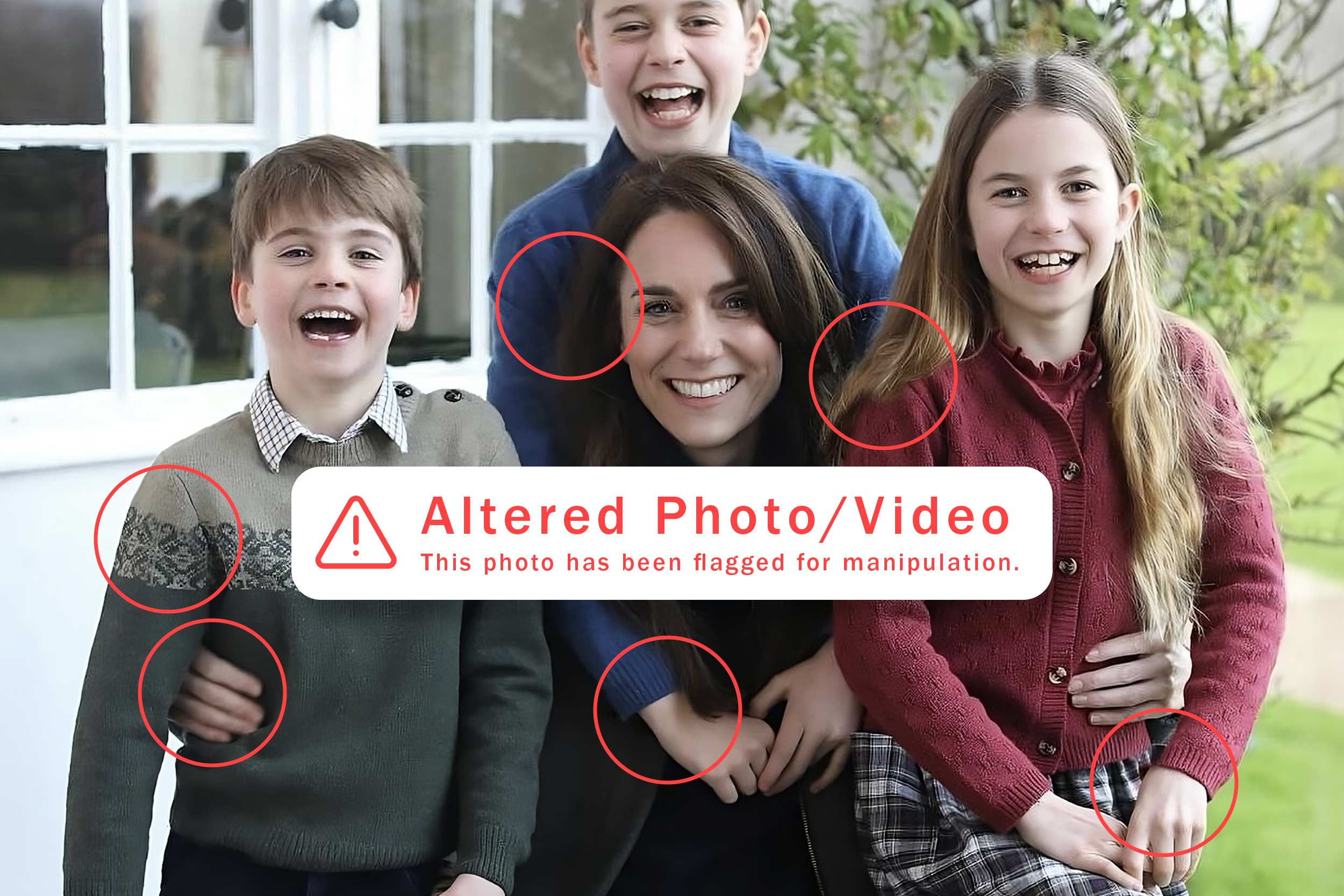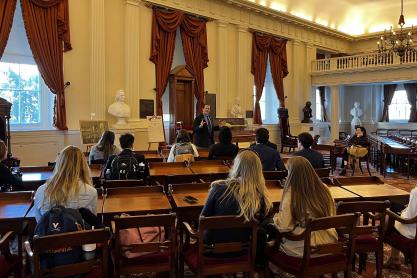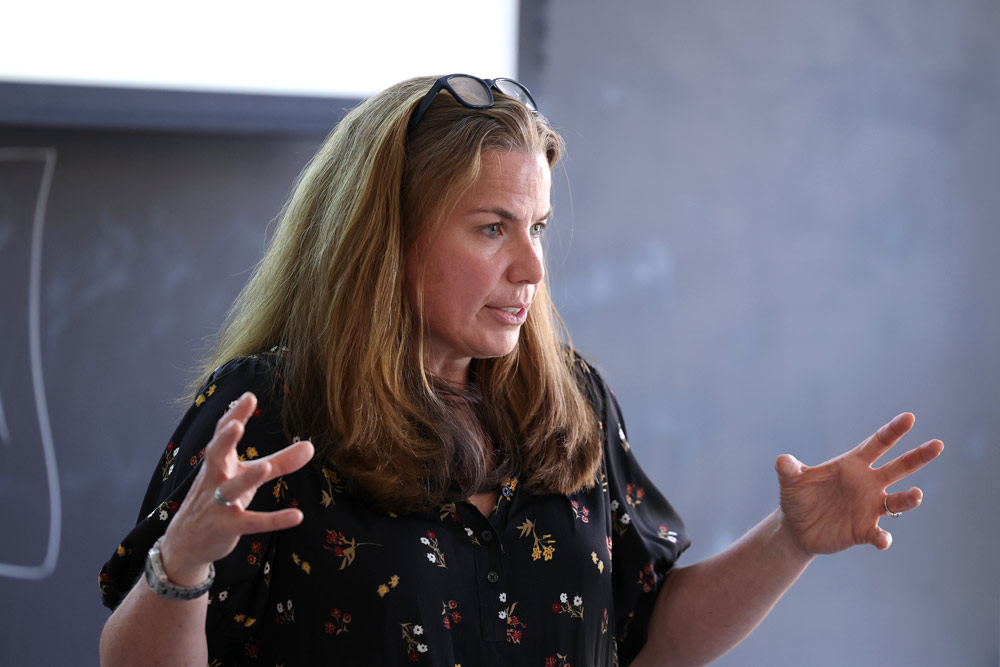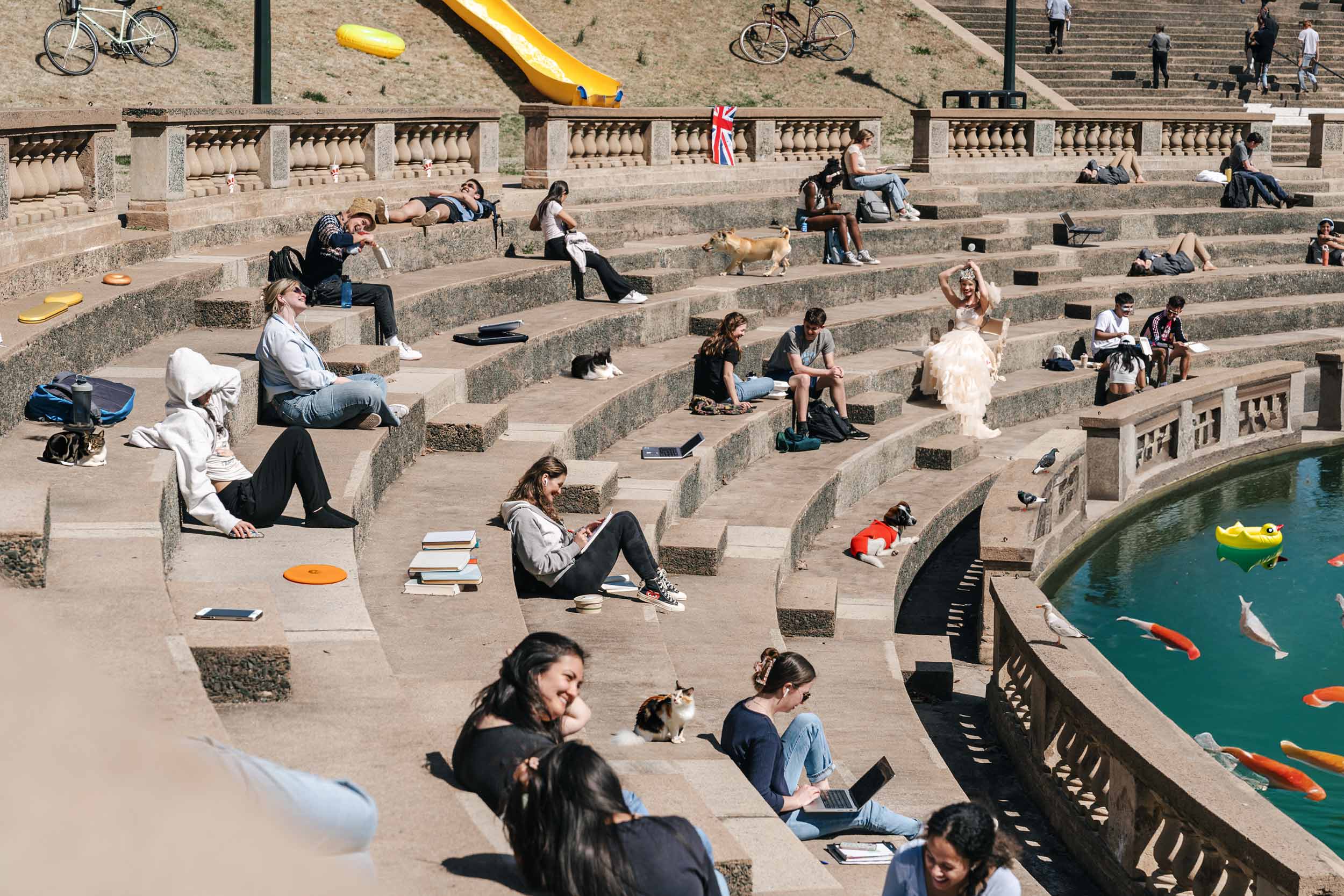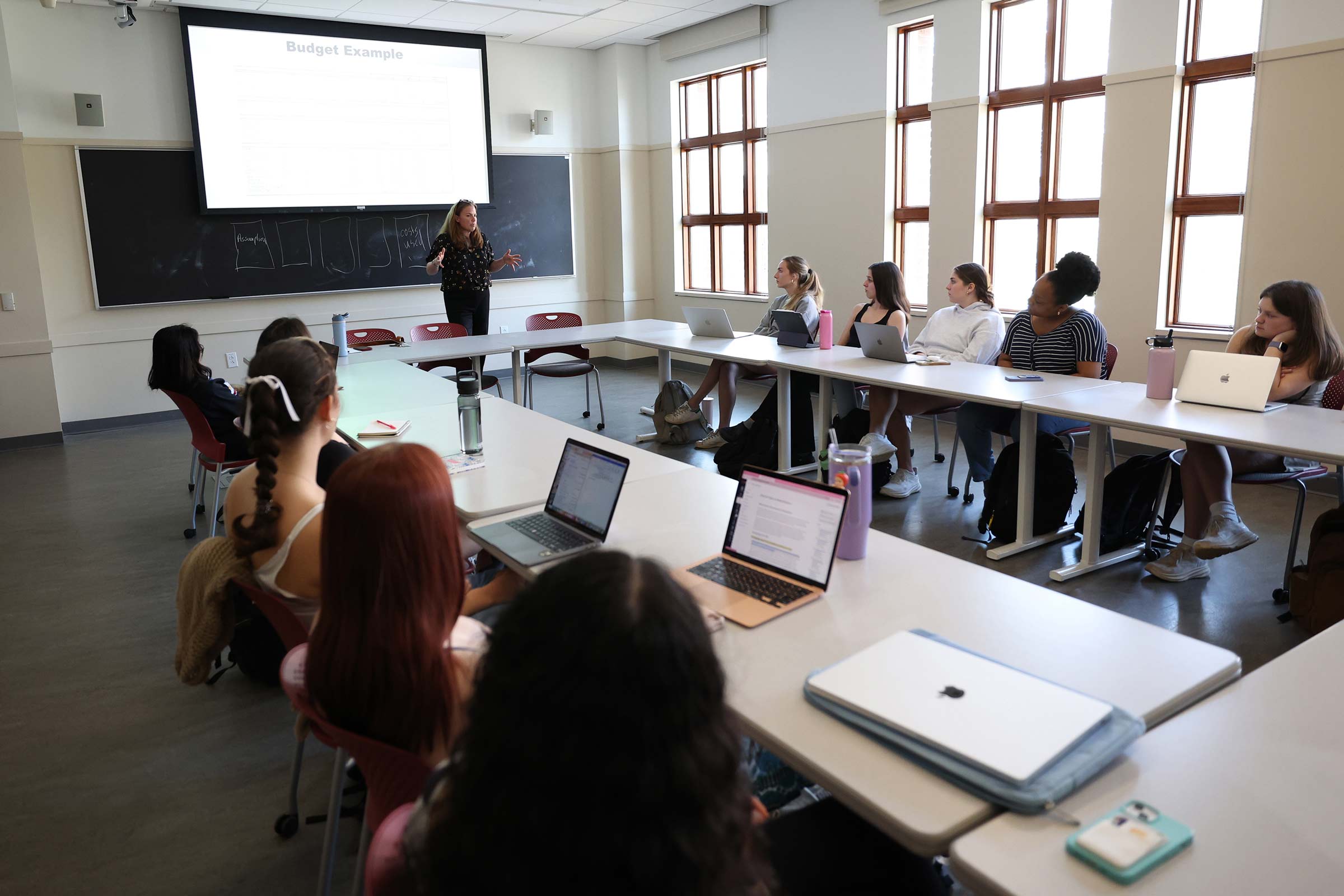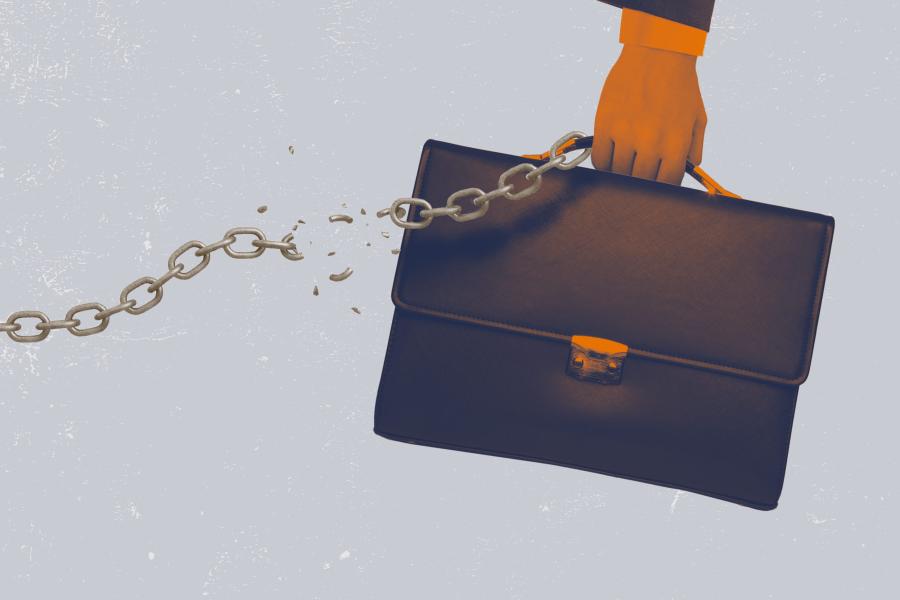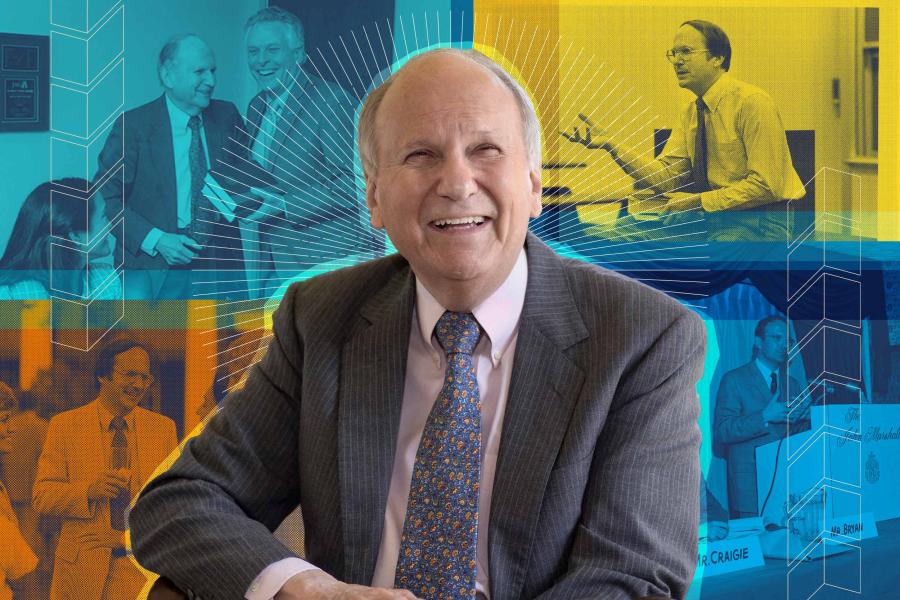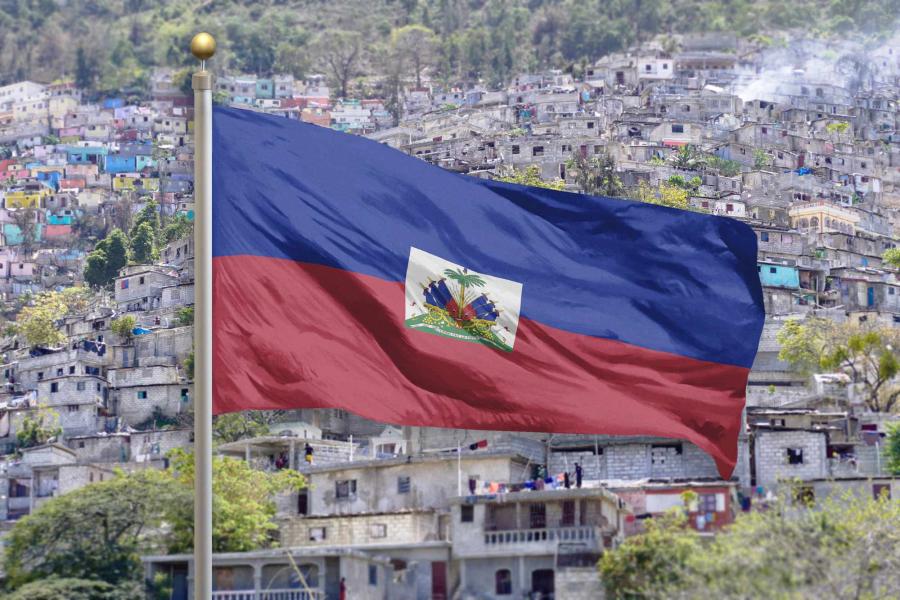“It appears that the source had manipulated the image in a way that did not meet AP’s photo standards,” the AP said in a statement. “The photo shows an inconsistency in the alignment of Princess Charlotte’s (Kate’s daughter) left hand.”
Kate, who hasn’t made a public appearance since Christmas and reportedly stayed two weeks in the hospital in January after a planned abdominal surgery, later apologized for the “confusion” the photo caused.
“Like many amateur photographers, I do occasionally experiment with editing,” she said in a social media post.
Aside from fueling more speculation about Kate’s health and whereabouts, this week’s developments have also raised questions about journalistic ethics in this fast-paced, digital age. We caught up with Sweeney, who once worked as a producer for National Geographic, for further insight.
Q. What is the public disservice in a reputable media outlet publishing a doctored photo?
A. It’s a step away from truth. While the public may not understand why it’s an issue because they’re so accustomed to seeing filtered and doctored photos on Instagram, this is the same public that has a lack of trust in the news today.
So, for journalists, it’s really this idea of upholding that standard of seeking truth, that it’s wrong to mislead. And a doctored photo is misleading. And the second we start misleading, we chip away at any remaining trust that exists.
Q. What did you make of the decision made by The Associated Press for retracting this image from circulation?
A. I think The Associated Press did what it needed to do. One of the core ethics of journalism is to be transparent. They explained what happened; they explained why they’re removing the photo. They didn’t just hide it or bury it or conceal that it happened. They also didn’t just go along with running it, either.
When you think about the four tenets of journalism being seeking truth, acting independently, minimizing harm and being transparent, the photo isn’t truthful. It’s not accurate. It’s misleading. So, we’ve got to get rid of it. And the next act as a journalist is to be transparent to the public about what happened and share what happened in order to attempt to maintain any form of trust.
